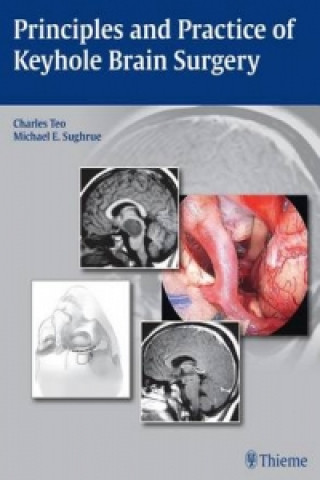
Kód: 05264053
Principles and Practice of Keyhole Brain Surgery
Autor Charles Teo, Michael E. Sughrue
Technological advances in recent decades have allowed the miniaturization of cranial openings for performing brain surgery. Beginning in the 1990s, there was increasing experimentation with use of the endoscope in brain surgery, d ... celý popis
- Jazyk:
 Angličtina
Angličtina - Vazba: Pevná
- Počet stran: 272
Nakladatelství: Thieme, Stuttgart, 2015
- Více informací o knize

Mohlo by se vám také líbit
-
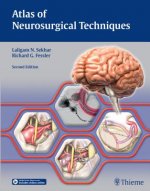
Atlas of Neurosurgical Techniques
10230 Kč -
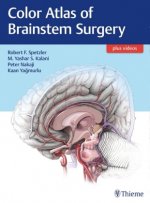
Color Atlas of Brainstem Surgery
6146 Kč -

Pediatric Neurosurgery: Tricks of the Trade
5891 Kč -
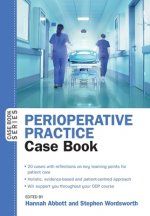
Perioperative Practice Case Book
1118 Kč -
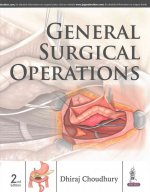
General Surgical Operations
3764 Kč -

Caring for the Perioperative Patient 2e
1233 Kč -

Super Safari American English Level 2 Workbook
995 Kč -

City Cats
312 Kč -

Great Devonian Controversy
1568 Kč -

Macbeth
223 Kč -

Liberty Reader
937 Kč -

Equinox
523 Kč -

House of Cards
302 Kč -
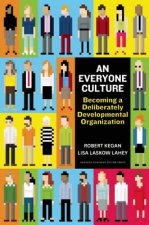
Everyone Culture
655 Kč
Informovat o naskladnění knihy
Zadejte do formuláře e-mailovou adresu a jakmile knihu naskladníme, zašleme vám o tom zprávu. Pohlídáme vše za vás.
Více informací o knize Principles and Practice of Keyhole Brain Surgery
 Anotace knihy
Anotace knihy
Technological advances in recent decades have allowed the miniaturization of cranial openings for performing brain surgery. Beginning in the 1990s, there was increasing experimentation with use of the endoscope in brain surgery, driven by such innovators as Thieme author Axel Perneczky, one of the first to champion the new 'keyhole' philosophy. During its early phase, neuroendoscopy was largely limited to intra-ventricular applications and there were serious concerns about the ability to address complications when they arose. Stemming hemorrhage with limited instrumentation through a burr hole with endoscopic visualization alone was difficult if not impossible.§Parallel developments in other areas were necessary to make keyhole surgery and neuroendoscopy truly feasible: introduction of anesthetic agents that reduce intracranial pressure; single shafted instruments that reduce cluttering; better hemostatic agents; better pre-operative imaging/planning, improved visualization with better microscopes and endoscopes and advanced intra-operative navigation using neurophysiology; awake techniques; biological tissue labelling and real-time imaging.§It is in this context that Teo's work shows its timeliness. It is being published at a time when keyhole surgery has reached a high level of maturity; when the enthusiasm about endoscopy in neurosurgery has been tempered by 20 years of experience with mixed results, so that the present book represents a meaningful and realistic hybrid between keyhole operative techniques with, and without, the use of the endoscope. It is about removing brain tumors through as small an opening as is possible, and placing these openings where the ensuing surgery will be most effective and efficient, and as free of complications as possible.§The book does not intend to be scientific, per se; rather, it presents the extensive experience of two brilliant neurosurgeons who have optimized minimally invasive techniques for brain surgery. Augmented by more than 100 procedural videos, the work is intended to function like an experienced mentor at one's side.
 Parametry knihy
Parametry knihy
Zařazení knihy Knihy v angličtině Medicine Surgery Neurosurgery
- Plný název: Principles and Practice of Keyhole Brain Surgery
- Autor: Charles Teo, Michael E. Sughrue
- Jazyk:
 Angličtina
Angličtina - Vazba: Pevná
- Počet stran: 272
- EAN: 9783131758514
- ISBN: 3131758511
- ID: 05264053
- Nakladatelství: Thieme, Stuttgart
- Hmotnost: 1308 g
- Rozměry: 317 × 238 × 19 mm
- Datum vydání: 29. April 2015
Oblíbené z jiného soudku
-
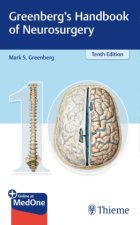
Greenberg's Handbook of Neurosurgery
2879 Kč -
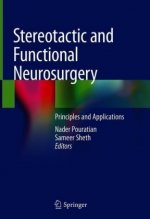
Stereotactic and Functional Neurosurgery
6449 Kč -

Textbook of Neuroanesthesia and Neurocritical Care
4988 Kč -

Do No Harm
302 Kč -

When the Air Hits Your Brain
393 Kč -
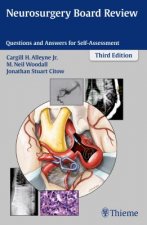
Neurosurgery Board Review
2061 Kč -
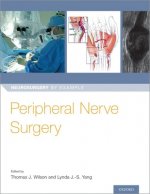
Peripheral Nerve Surgery
4495 Kč -
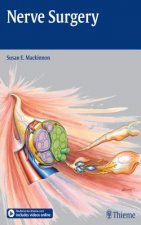
Nerve Surgery
5482 Kč -

Surgery of the Brainstem
5531 Kč -

The Cartographic Atlas of the Brain
4696 Kč -
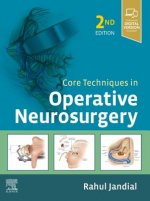
Core Techniques in Operative Neurosurgery
9160 Kč -

Comprehensive Neurosurgery Board Review
3805 Kč -
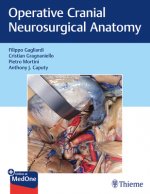
Operative Cranial Neurosurgical Anatomy
2606 Kč -

Neurosurgery Tricks of the Trade - Cranial
4946 Kč -
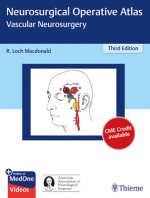
Neurosurgical Operative Atlas: Vascular Neurosurgery
6146 Kč -
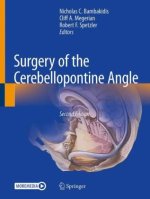
Surgery of the Cerebellopontine Angle
5434 Kč -
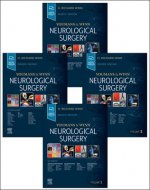
Youmans and Winn Neurological Surgery
19439 Kč -

Idiopathic Scoliosis
4829 Kč -
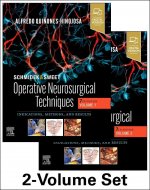
Schmidek and Sweet: Operative Neurosurgical Techniques 2-Volume Set
13614 Kč -
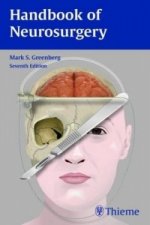
Handbook of Neurosurgery
2340 Kč -

Atlas of Emergency Neurosurgery
5635 Kč -

Neuroendoscopic Surgery
4215 Kč -

Intraoperative Monitoring
3380 Kč -
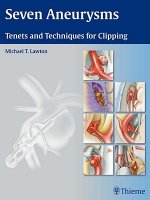
Seven Aneurysms
3976 Kč -

Surgical Techniques in Moyamoya Vasculopathy
3935 Kč -
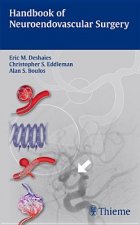
Handbook of Neuroendovascular Surgery
2838 Kč -

Fundamentals and Clinics of Deep Brain Stimulation
3819 Kč -

Surgical Neuropathology of Focal Epilepsies
1634 Kč -
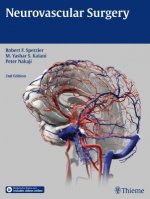
Neurovascular Surgery
9138 Kč -
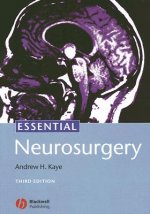
Essential Neurosurgery
2420 Kč -
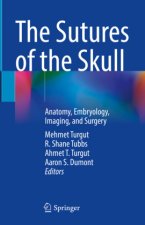
The Sutures of the Skull
4404 Kč -
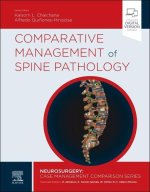
Comparative Management of Spine Pathology
5775 Kč -
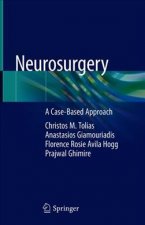
Neurosurgery
3109 Kč -

Degenerative Diseases of the Cervical Spine
4111 Kč -

Stenosis of the Cervical Spine
2998 Kč -

Complications of CSF Shunting in Hydrocephalus
4111 Kč -
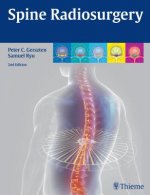
Spine Radiosurgery
5061 Kč -

Surgical Neuroangiography
11933 Kč -
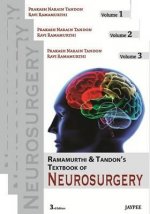
Textbook of Neurosurgery, Third Edition, Three Volume Set
24508 Kč -
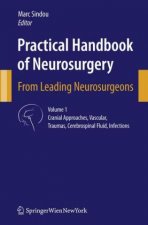
Practical Handbook of Neurosurgery
11389 Kč -
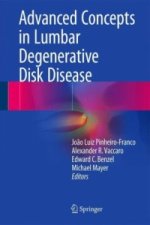
Advanced Concepts in Lumbar Degenerative Disk Disease
5864 Kč -
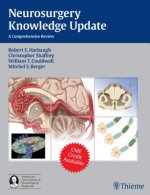
Neurosurgery Knowledge Update
5592 Kč -
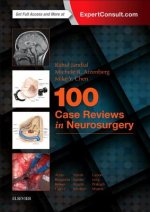
100 Case Reviews in Neurosurgery
3365 Kč -
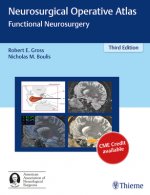
Neurosurgical Operative Atlas
5756 Kč -
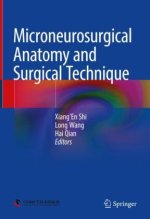
Microneurosurgical Anatomy and Surgical Technique
6536 Kč -

Seven AVMs
4195 Kč -
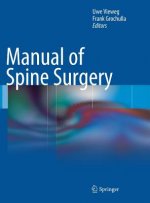
Manual of Spine Surgery
4208 Kč -

Textbook of Cortical Brain Stimulation
3749 Kč -
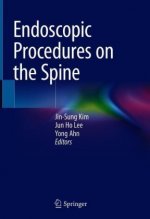
Endoscopic Procedures on the Spine
3819 Kč
Osobní odběr Praha, Brno a 12903 dalších
Copyright ©2008-24 nejlevnejsi-knihy.cz Všechna práva vyhrazenaSoukromíCookies



 Vrácení do měsíce
Vrácení do měsíce 571 999 099 (8-15.30h)
571 999 099 (8-15.30h)